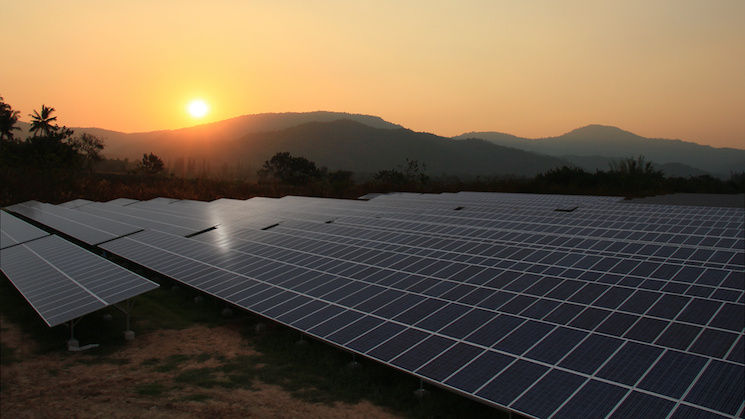By DAVID HILL and SETH MASIA July 1, 2013

The renewable energy business has had both the best of times and the worst of times during the past couple of years. A boom in installations, in North America and worldwide, led economists at the U.S. Energy Information Administration to estimate in January that about 19 percent of the world’s electric power production is from renewable sources (remember that capacity is much higher than production).
On the other hand, the business is also maturing, which means that fewer, larger companies now dominate the manufacturing sector. Smaller companies, even pioneers with leading-edge technology, have fallen behind, failed or been absorbed. Fewer manufacturing companies mean fewer manufacturing jobs. While the installation side of the business remains healthy, a larger proportion of the good jobs in renewables are boots on the ground, and a smaller proportion are in executive suites, factories and laboratories.
This historical trend has necessarily affected the American Solar Energy Society (ASES). Membership fell sharply during the Great Recession, and has not rebounded. Circulation of our publications is at an all-time high — SOLAR TODAY now has about 30,000 qualified readers for each issue (a qualified reader is someone who has paid for or specifically asked for the magazine), Solar Citizen reaches more than 42,000 solar-minded citizen-advocates twice each month, and our trade bulletin Solar@Work has about 8,500 subscribers. Just about anyone involved in renewable energy turns to ASES for expert news reporting and policy analysis.
Nonetheless, the drop in membership, along with the consolidation among our corporate supporters, means that the Board of Directors needs to take ASES back to its roots, in a sense. ASES was founded in 1954 as a clearinghouse to communicate between technology innovators (scientists and engineers) and businesses interested in manufacturing and deploying the technology. During the coming year we will maintain the ASES publications at their traditional high level of editorial quality, and reach out to ever-broader audiences with the renewable energy message. We learned at SOLAR 2013 what members value most about the Society: the opportunity to meet face-to-face with their colleagues, to learn and teach about the technologies and issues driving renewable energy. The Board of Directors is exploring new ways to enable those meetings.
As it happens, 2014 will mark the 60th anniversary of the original Bell Labs “solar battery,” the first commercialized PV cell. Of course, solar thermal technology is much older than that; passive solar architecture, wind power and hydro power go back to the dawn of civilization. It will also be the 59th year since ASES was founded.
We expect our 59th year to return ASES to a growth pattern. We will reach out to young professionals joining the field and to an American population eager to adopt electricity and transportation fuels gathered cheaply from the sun, wind and water. To do it, we’ll need full participation from our chapters, divisions and general membership.
 Through the 1950s and ’60s, long before there was a SERI or NREL, ASES members incubated today’s successful clean-energy technologies. We still have work to do, especially in the policy arena. Let’s not flag now.
Through the 1950s and ’60s, long before there was a SERI or NREL, ASES members incubated today’s successful clean-energy technologies. We still have work to do, especially in the policy arena. Let’s not flag now.
David Hill, Chair Seth Masia, Executive Director (interim)
David Hill (chair@ases.org) is chair of the American Solar Energy Society Board of Directors.
 Seth Masia (smasia@ases.org) is interim executive director of the American Solar Energy Society.
Seth Masia (smasia@ases.org) is interim executive director of the American Solar Energy Society.




